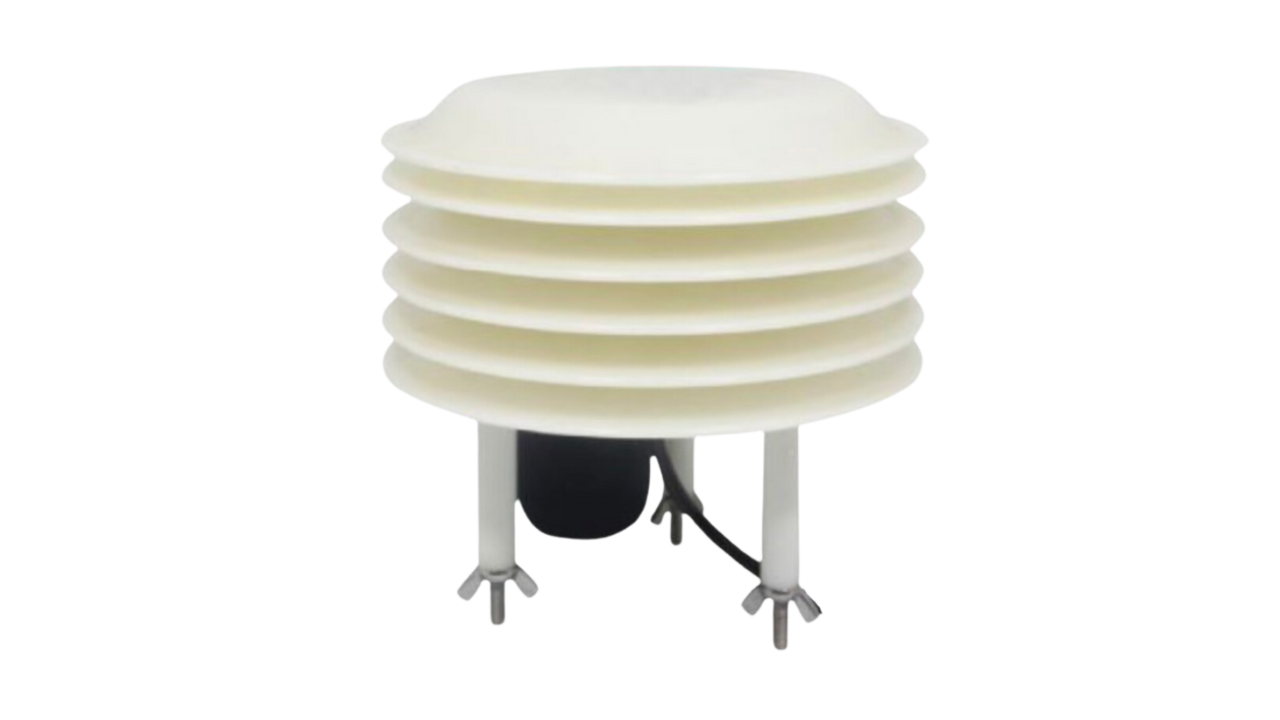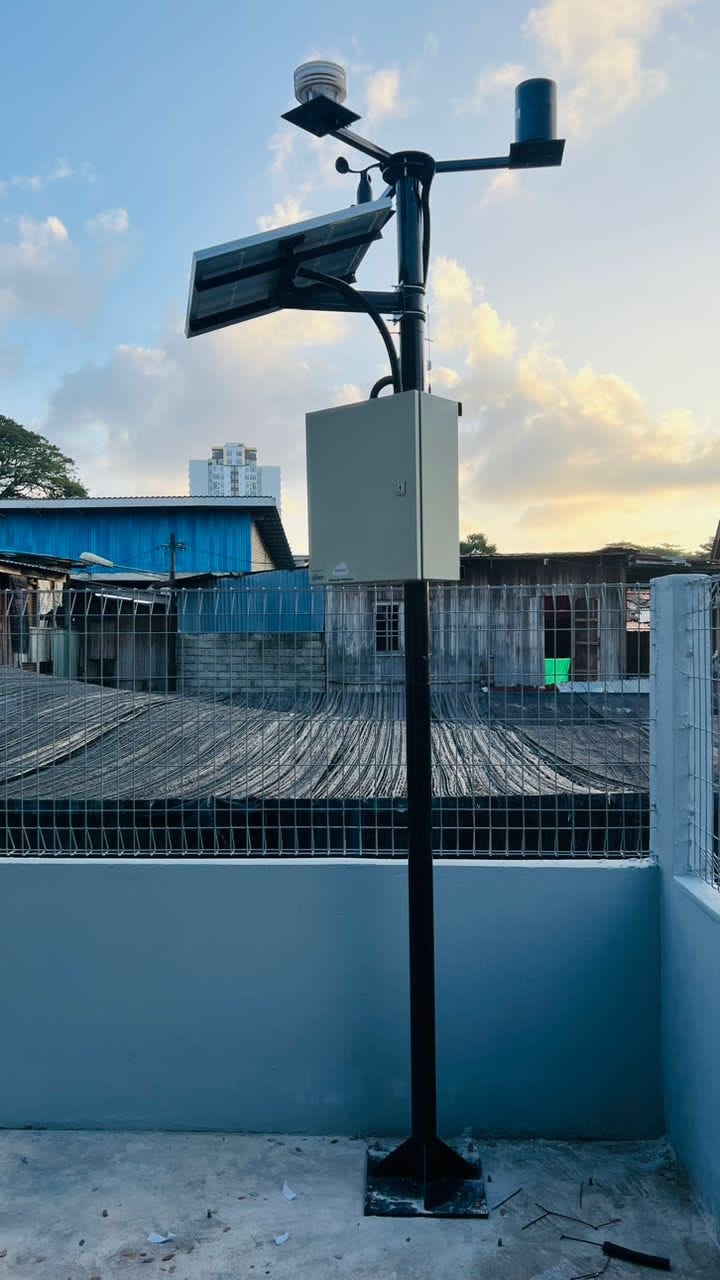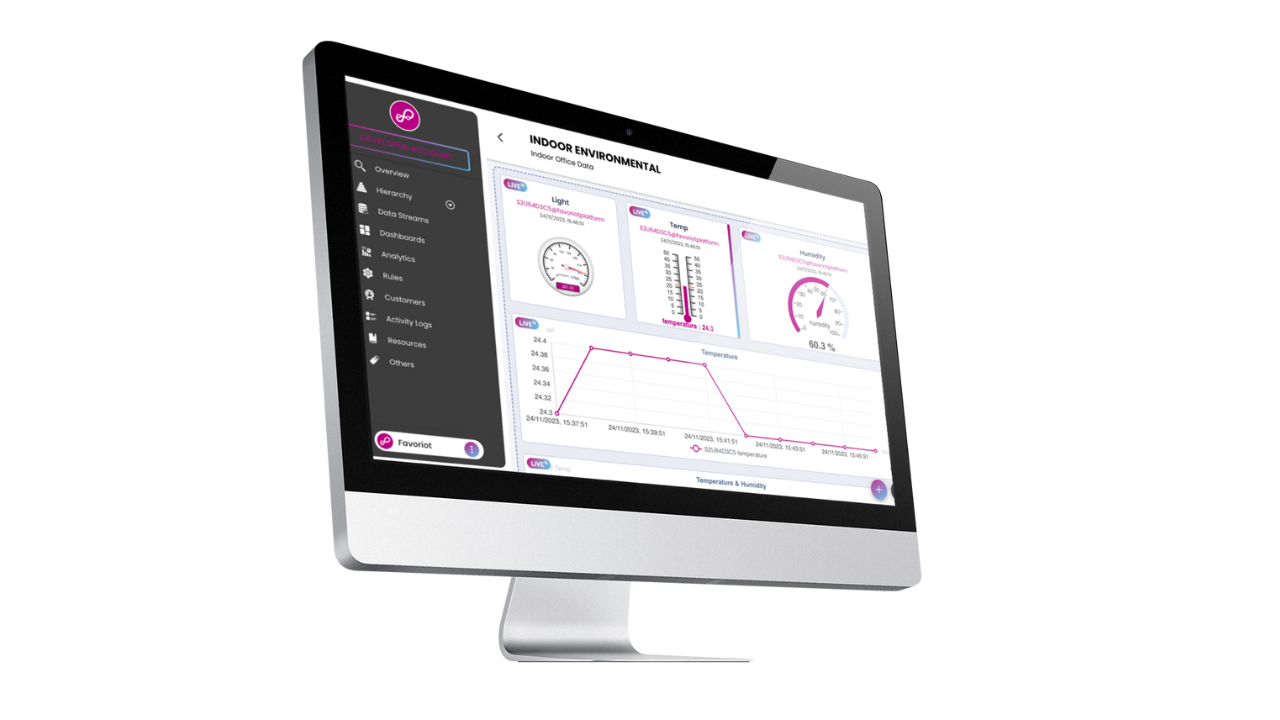
ESG-Compliant Monitoring Using Air Quality Sensors
April 24th, 2024 Posted by favoriotadmin BLOG, SMARTCITY 0 thoughts on “ESG-Compliant Monitoring Using Air Quality Sensors”Nowadays, Environmental, Social, and Governance (ESG) criteria are paramount, and integrating advanced air quality sensors with the Favoriot IoT platform emerges as a unique innovation.
This synergy transforms environmental monitoring and aligns it with ESG goals, reinforcing the commitment to sustainable practices across various industries.
Advanced Air Quality Sensors: A Cornerstone for ESG-Compliant Monitoring
These sensors, designed to measure essential parameters like air temperature, humidity, atmospheric pressure, and carbon dioxide levels, play a crucial role in addressing the ‘Environmental’ aspect of ESG.
Their precision and reliability in data measurement are reshaping our approach to environmental stewardship, ensuring that industries can monitor and minimize their ecological impact effectively.
Key Features:
- User-Friendly and Integrated: Simplifying deployment in diverse settings aligns with ESG goals by ensuring accessibility and ease of use.
- Versatile Installation: Their flexible design facilitates seamless integration into different environments, reducing the ecological footprint.
- Stable Performance: Reliable data collection without interference is crucial for accurate environmental assessment and compliance.
- Efficient Operation: Time-saving in debugging and operational efficiency support sustainable business practices.

Broad Applications Reflecting ESG Commitments
- Meteorological Stations: These sensors provide essential data for climate research, aiding in addressing climate change — a core concern in ESG frameworks.
- Greenhouses and Agriculture: They help maintain optimal growth conditions, promoting sustainable agricultural practices.
- Environmental Monitoring Stations: By providing air quality data, they assist in pollution control and environmental conservation, directly contributing to the ‘E’ in ESG.
- Healthcare Facilities: Ensuring air quality in healthcare settings addresses the ‘Social’ aspect, focusing on community health and well-being.
- Purification Workshops and Labs: In settings where air purity is critical, these sensors ensure adherence to environmental standards, aligning with governance and compliance requirements.

Enhanced Measurement Capabilities for ESG Compliance
Offering a wide measurement range and high accuracy, these sensors enable organizations to closely monitor and report environmental conditions, an essential requirement in ESG reporting and compliance.
Favoriot IoT Platform: Elevating ESG through Technology
The integration with the Favoriot IoT platform brings a transformative edge to environmental monitoring:
- Automated Alerts for Immediate Response: Alerts via SMS, email, or Telegram when thresholds are breached ensure swift action, crucial for mitigating environmental risks and adhering to governance standards.
- Data Visualization for Better Understanding: The platform’s intuitive interface allows for efficient data analysis, aiding organizations in making informed decisions that align with ESG goals.
- Smart Decision-Making for ESG Compliance: Real-time data access facilitates quick, informed decisions, enhancing environmental safety and meeting governance requirements.

Setting New Standards in ESG-Aligned Environmental Practices
The combination of advanced air quality sensors and the Favoriot IoT platform signifies a leap in environmental monitoring and a commitment to ESG principles.
This integrated approach provides precise data and a responsive framework, crucial for industries committed to sustainable, socially responsible, and well-governed practices.
As we progress, this fusion of cutting-edge technology with ESG-aligned platforms like Favoriot is paving the way for a more informed, efficient, and sustainable future, reinforcing our journey toward responsible and intelligent environmental stewardship.

Check out other sensors to complete your Smart Environmental Monitoring System:1 — Wind Sensor
The Crucial Role of IoT in Environmental Measurement
2 — Rainfall
Rainfall Measurements Using IoT Monitoring With Use Case Scenario
Videos of the Smart Environmental Monitoring System:
1 — Smart Mini Weather Station
2 — Smart Environmental IoT Solution
3 — Smart Mini Weather Station — Favoriot Dashboard
Contact Favoriot to schedule an appointment or for further details.This article, “ESG-Compliant Monitoring Using Air Quality Sensors,” was originally published on Medium.


